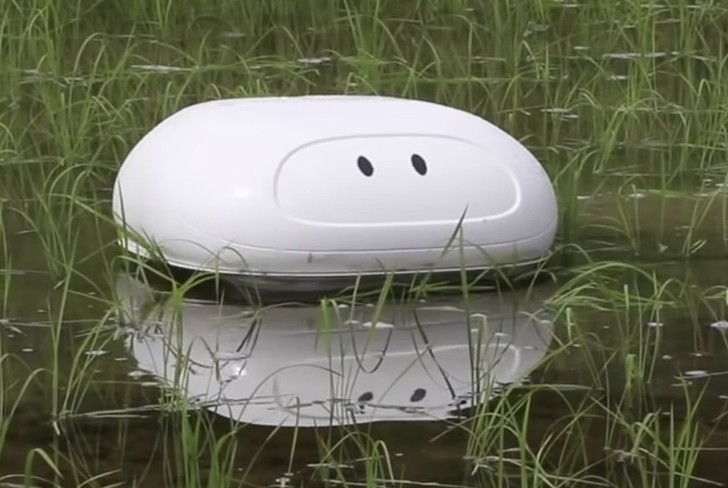Every day, more and more sectors that make up a country’s economy are using technology to maximize efficiency or output. Japan is using tech for agriculture.
For centuries, rice farmers in Asia have used ducks as a natural alternative to pesticides. Ducks have always proved a viable way of keeping rice crops healthy — they tear up weeds, eat bugs and fertilize crops with their manure, eliminating the use of harmful chemicals. In the 21st century, this practice is not used extensively anymore, but a new technology could bring this method back….sort of.
Robot Duck” for Rice Farmer
A Nissan engineer that works for the Japanese car maker has built a robot alternative to paddy field ducks. The engineer is currently testing his prototype in the Yamagata Prefecture in northeastern Japan. The “robot duck” roams around the rice paddies, muddying the water to prevent weeds from getting enough sunlight to grow. It resembles a cute Roomba for watery fields. While remaining a DIY project at the moment, with no plans for commercialization or even any data on how effective it is, it doesn’t go unnoticed just how remarkable the use of this technology can be.
The robot’s frame displays a curved shape, with a pair of adorable, but non-functioning eyes, and it’s fully equipped with GPS, a WiFi connection and solar power to minimize its environmental impact.

The Aigamo robot is named after the breed of duck used in the modern version of this ancient practice. It weighs 1.5 kilograms and is about the size of a large robot vacuum cleaner. Two rotating rubber brushes on its underside act as the duck’s feet, oxygenating the water by stirring it up and preventing weeds from growing.
While Nissan hasn’t signaled intentions to mass-produce the robot, the company does support the technician’s efforts, so it may just be a matter of time before you see the adorable “robot duck” patrolling the rice paddies. Since Japan is a country with a declining population, which results in staff shortages, the country might become interested in robots that prove extremely helpful for economical growth, just like this Aigamo robot. Roboducks like this could take care of large rice farms without requiring as many workers.
The adorable robot manages to combine old and new agricultural techniques together. In Japan, rice farming is threatened by decreasing consumption and an aging population, so the Aigamo robot could help Japan’s Agricultural Sector survive into the 21st century and beyond.





